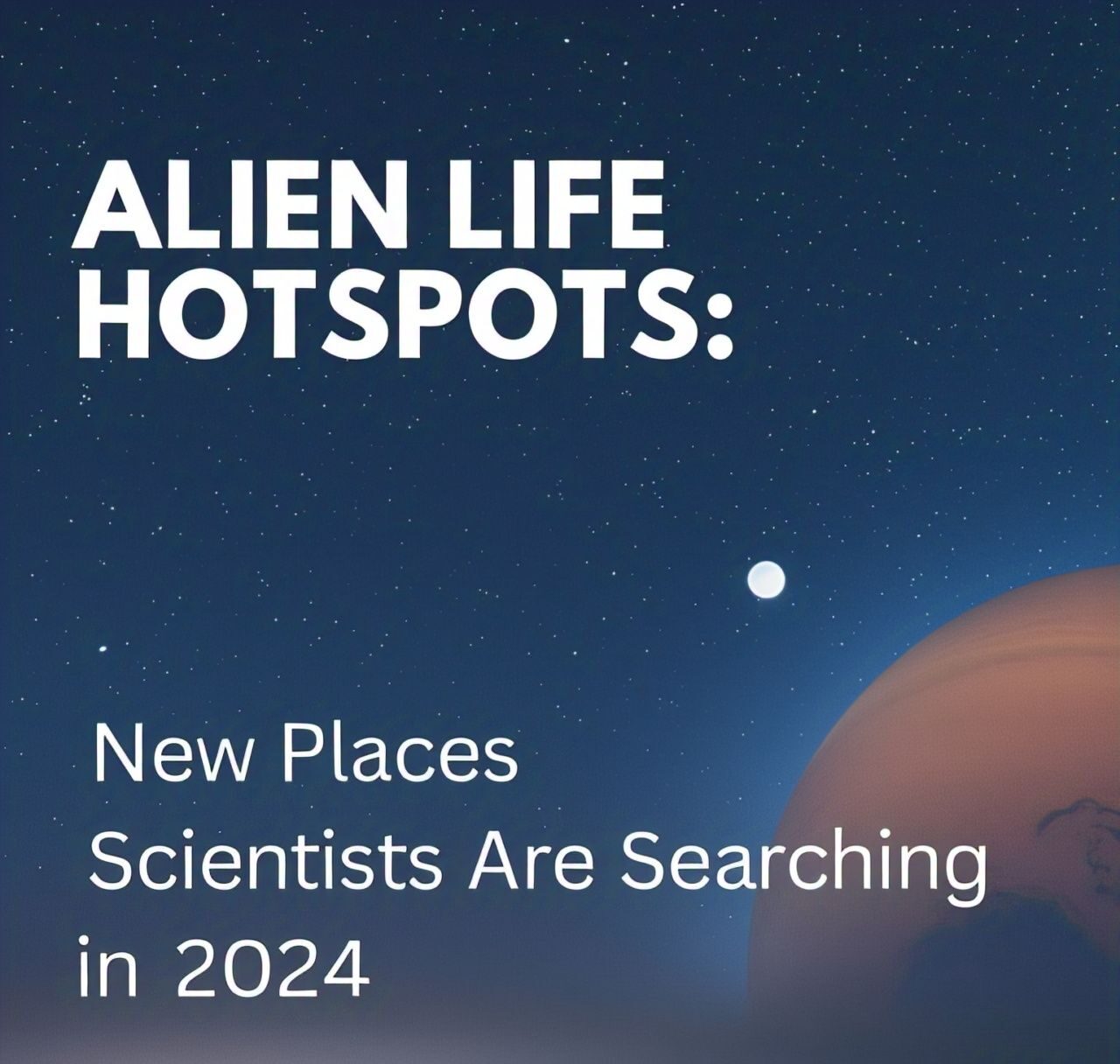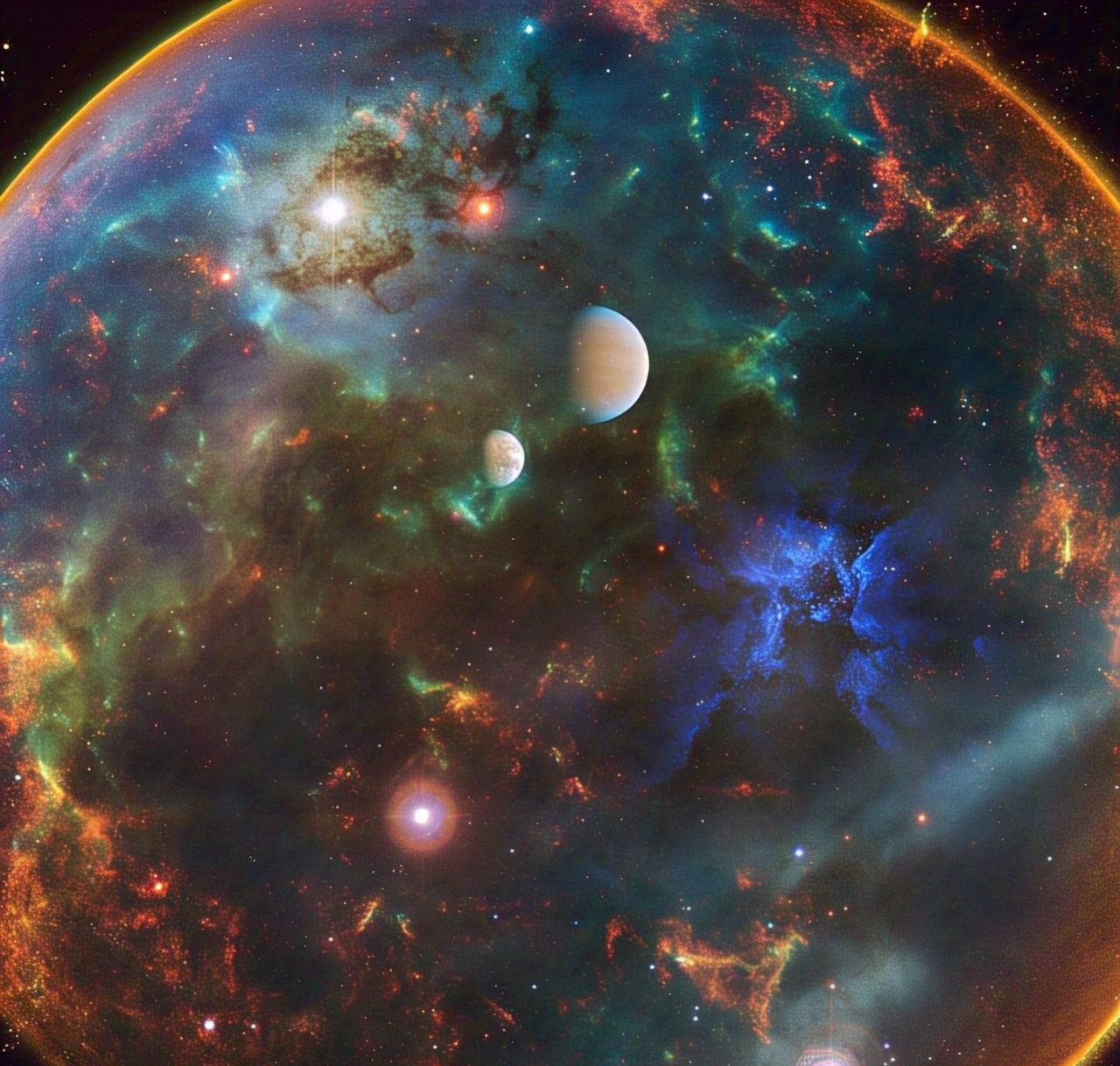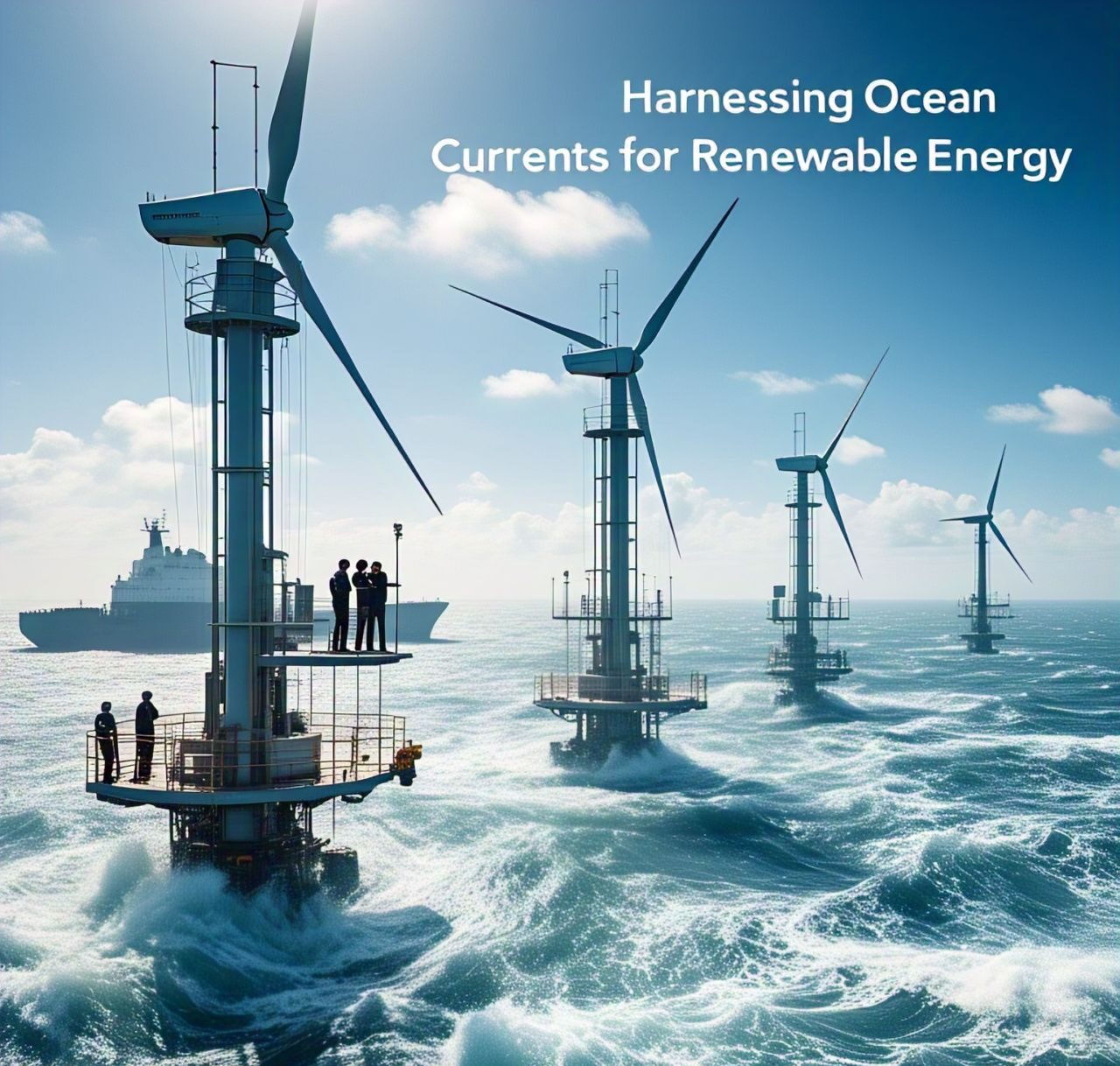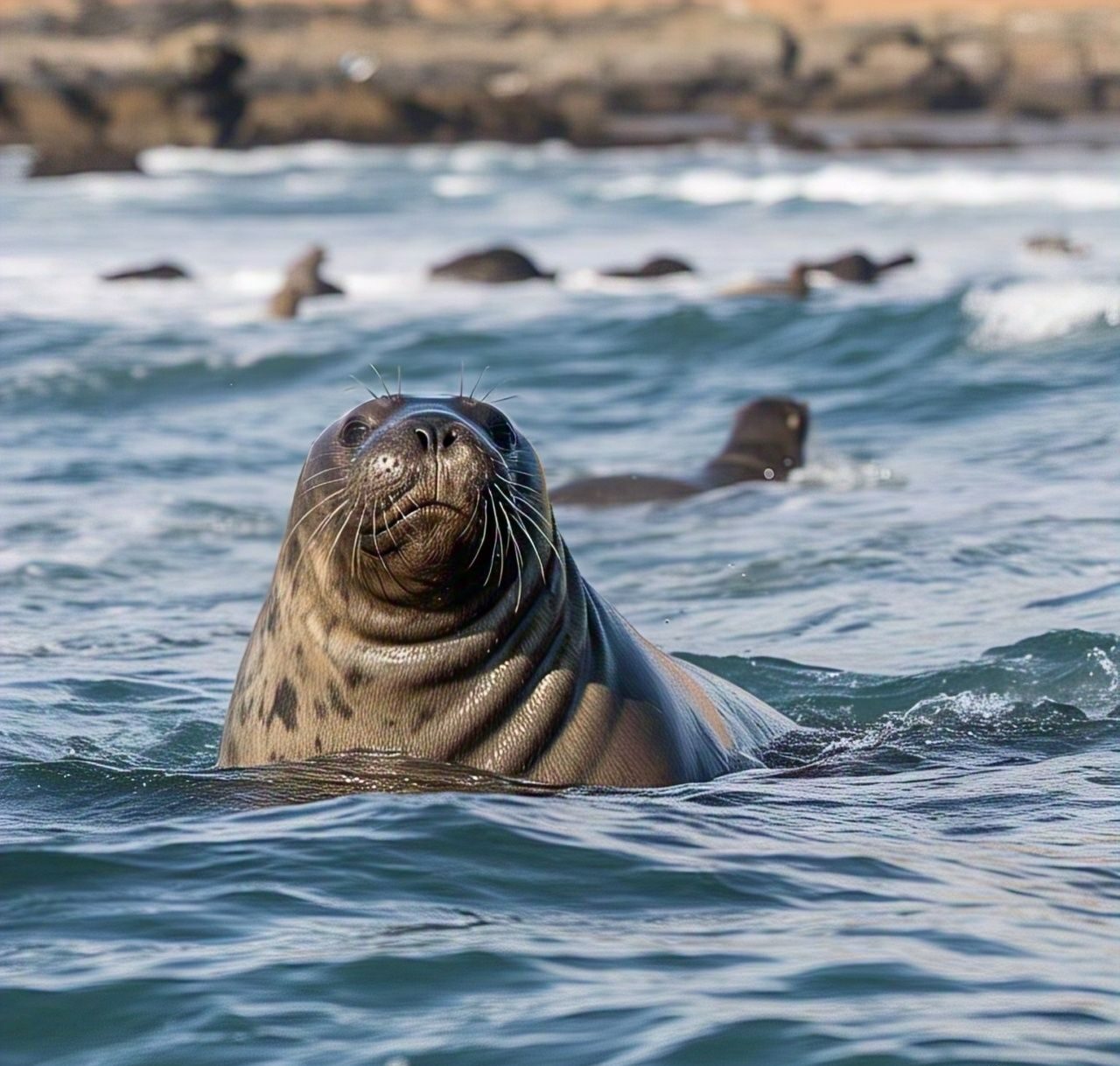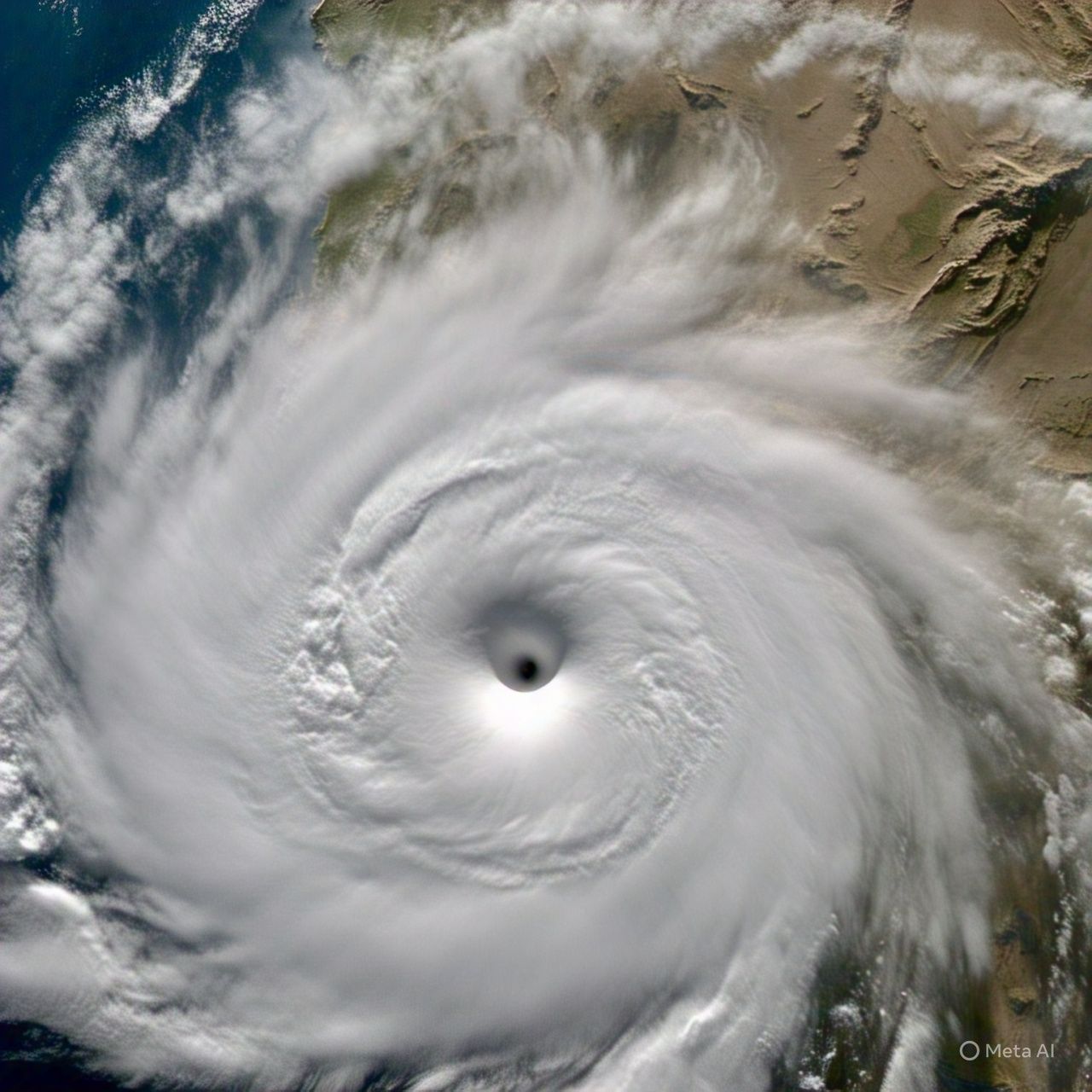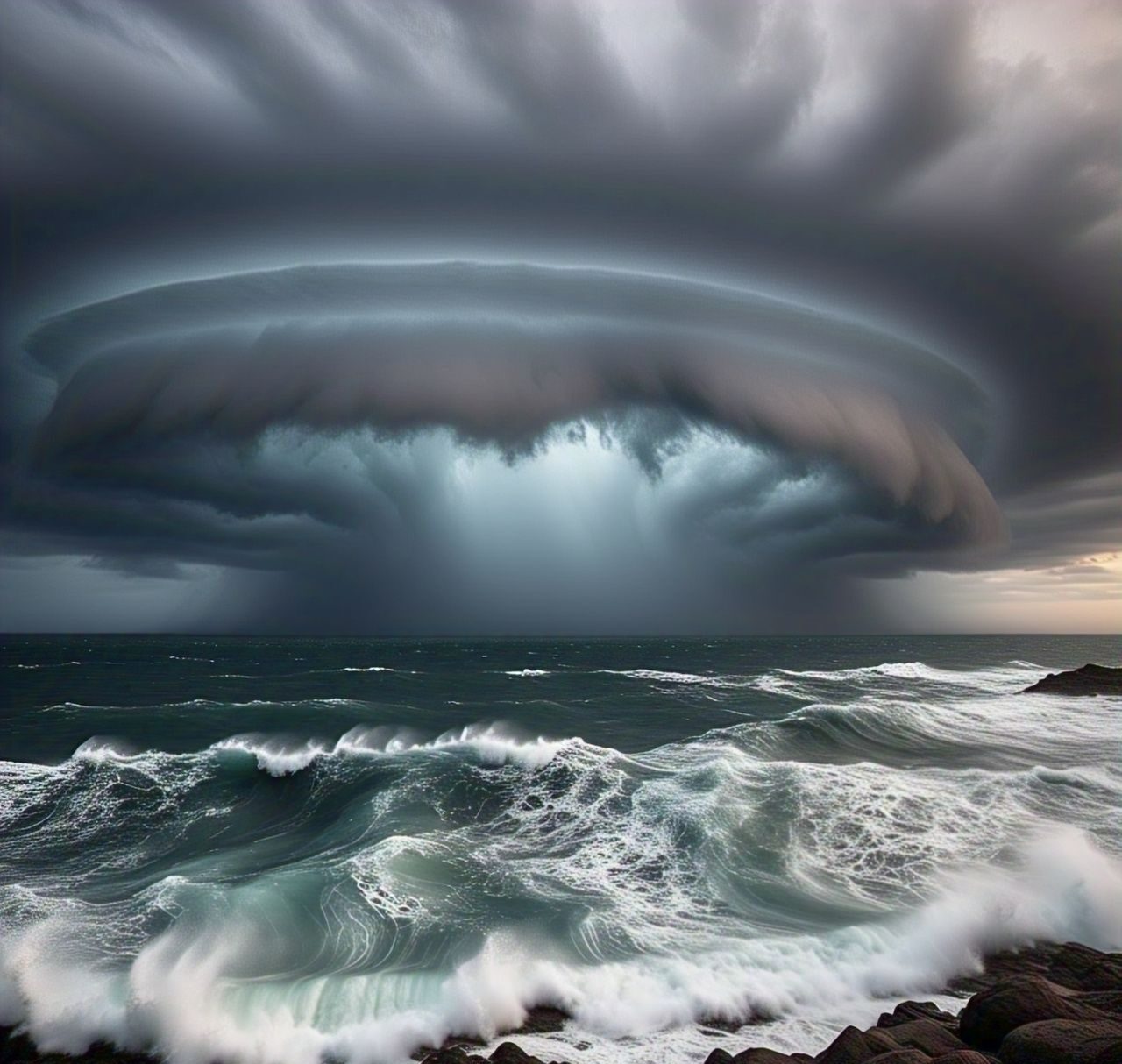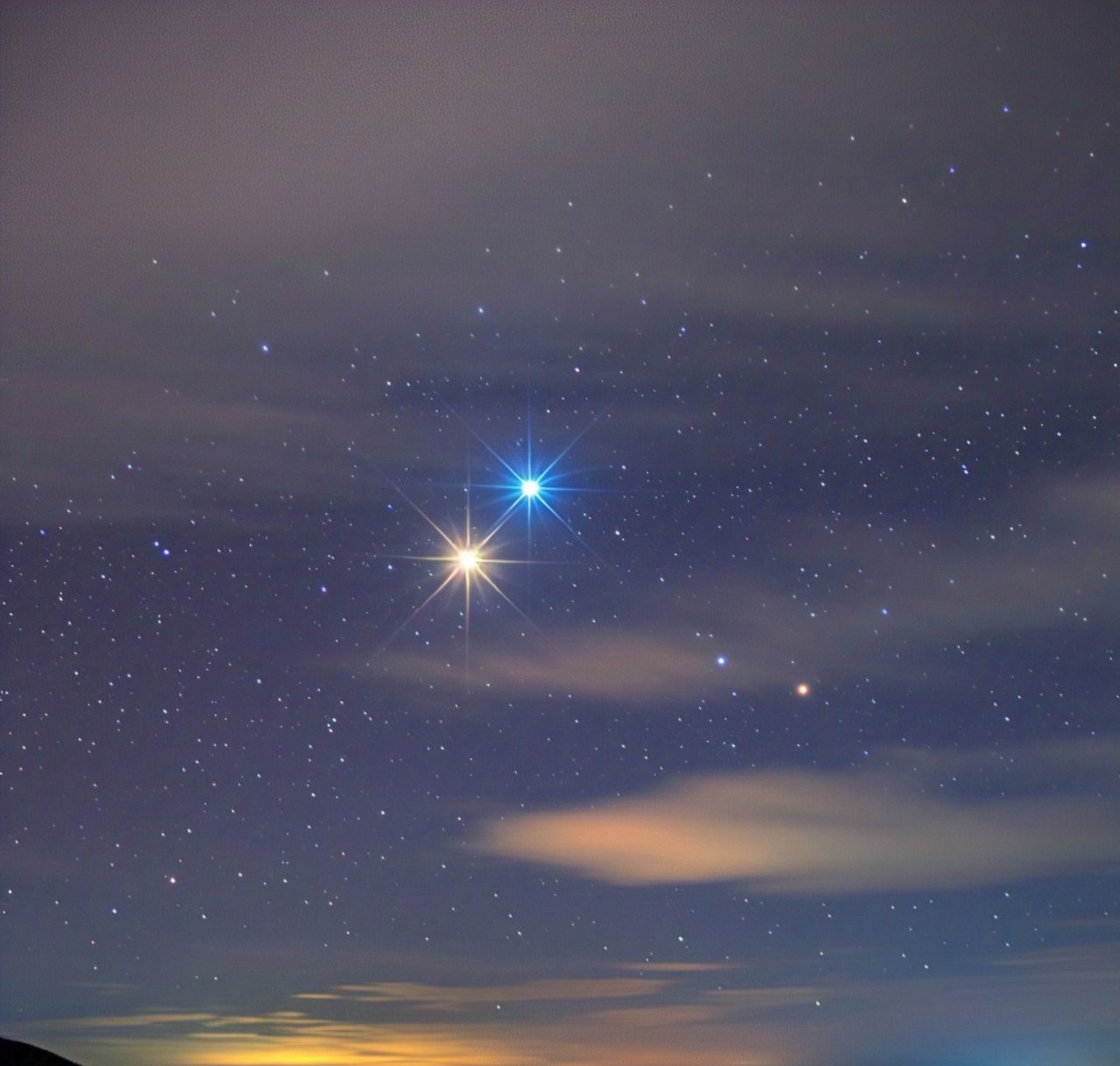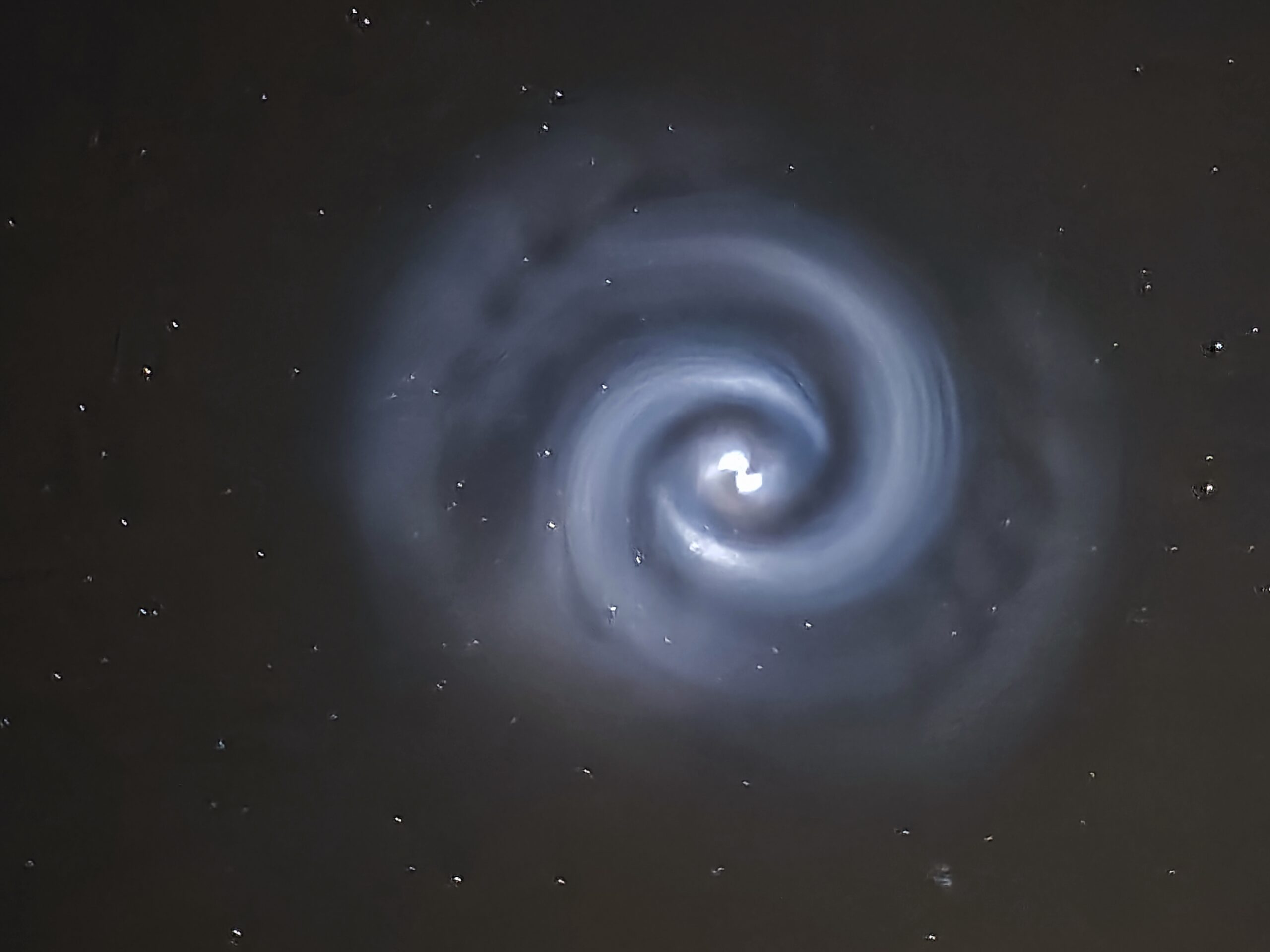Alien Life Hotspots
New Places Scientists Are Searching in 2024 What if the most important discovery in human history is happening right now, quietly unfolding across space agencies and observatories? In 2024, the search for alien life hotspots is intensifying as new technology, deeper space data, and surprising findings push scientists to explore bolder regions of the universe. … Read more
